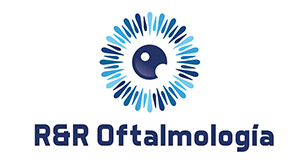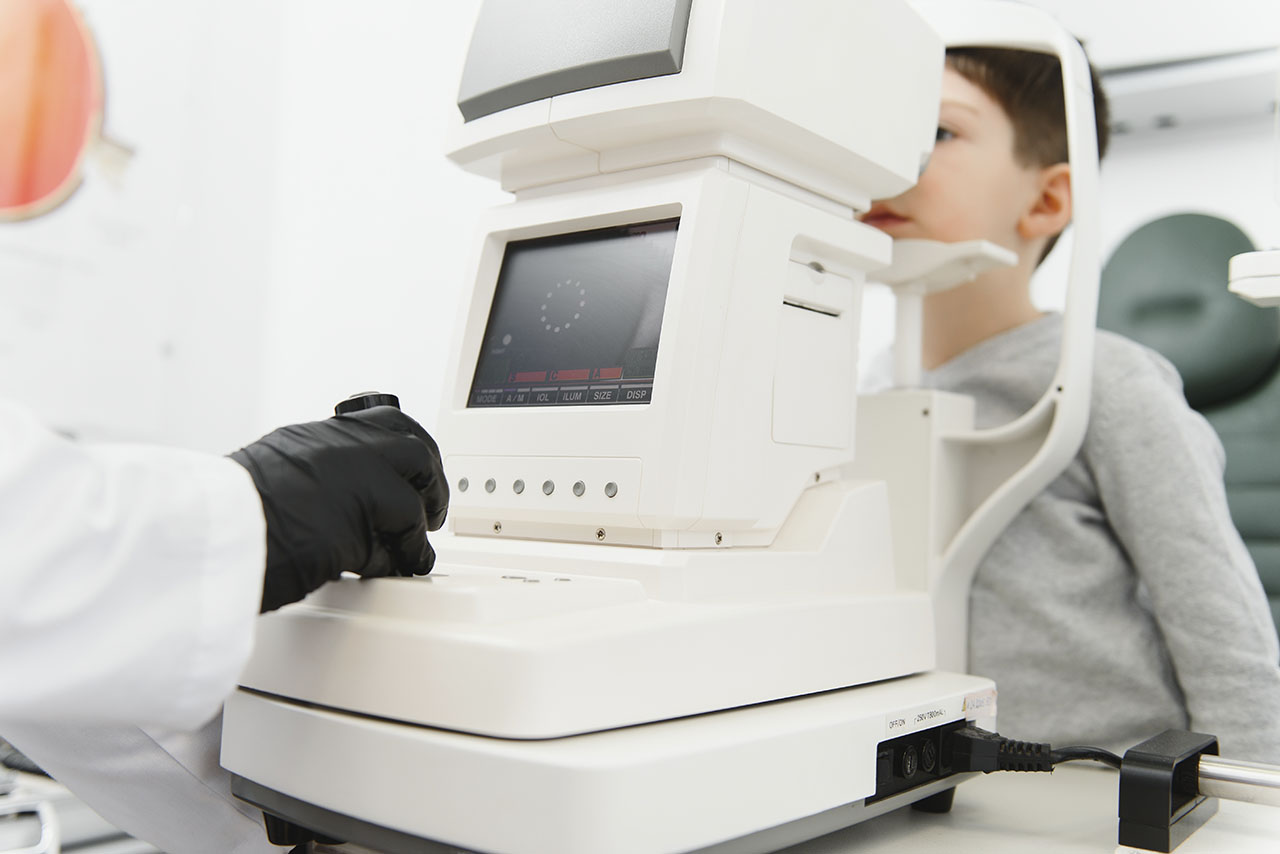Specialties
Aenean lacinia bibendum nulla sed consectetur. Maecenas faucibus mollis interdum. Nulla vitae elit libero, a pharetra augue. Vivamus sagittis lacus vel augue laoreet rutrum faucibu.
TREATMENT OF REFRACTIVE DEFECTS
- Myopia, hyperopia, astigmatism and presbyopia
DIAGNOSIS AND TREATMENT OF CORNEAL PATHOLOGY
- Keratoconus. It is a disease in which a deformation and thinning of the cornea occurs, causing a decrease in vision due to increased myopia and astigmatism. Frequently, vision cannot be corrected with regular glasses and contact lenses and requires other treatments (special contact lenses, cross-linking, intracorneal rings or corneal transplant). Close and frequent monitoring by cornea specialists is necessary.
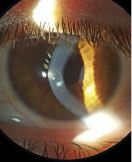
Advanced keratoconus

Rigid gas permeable (RPG) contact lens in keratoconus

Scleral contact lens in keratoconus
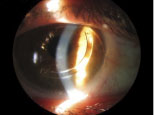
Intrastromal ring in keratoconus
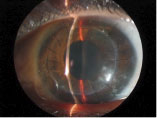
Lamellar corneal transplant (DALK) in advanced keratoconus
- Hereditary corneal dystrophies (Fuchs endothelial, among others). They are genetic diseases, that is, hereditary, that usually appear in the middle ages of life. They cause the cornea to stop being transparent and therefore cause decreased vision. The treatment is usually corneal transplant.
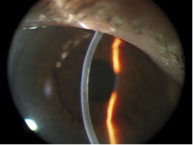
Initial Fuchs endothelial dystrophy
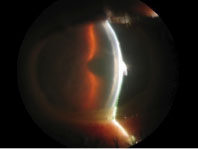
Advanced Fuchs endothelial dystrophy
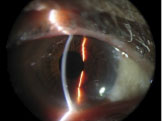
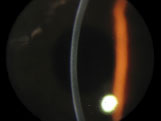
Same eye after DMEK type lamellar endothelial keratoplasty
- Corneal edema secondary to any cause (previous surgeries, trauma). It causes a decrease in vision that can be painful. The treatment is usually corneal transplant.
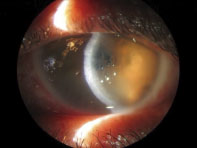
Corneal edema after cataract surgery (bullous keratopathy)
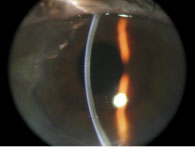
Same eye after lamellar endothelial keratoplasty type DMEK
- Corneal infections of any origin (bacterial, viral, fungal or parasites such as Acanthamoeba). Corneal infections cause painful vision loss and can be potentially serious.
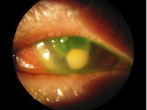
Infection of the cornea (infectious keratitis)
- Inflammatory diseases of the cornea, including autoimmune pathology. They are very complex pathologies that are usually related to bodily diseases and require close and specialized monitoring.
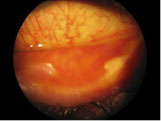
Graft versus host disease
- Scars and burns They have many causes. They cause a decrease in vision that can be painful. The treatment is usually corneal transplant.
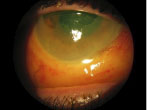
Corneal caustication (burn)
ADVANCED TREATMENT OF CATARACT AND PRESBYOPIA (TIRED EYE)
- Myopia, hyperopia, astigmatism and presbyopia
- High-Tech intraocular lenses
DIAGNOSIS AND TREATMENT OF THE PATHOLOGY OF THE ANTERIOR SEGMENT OF THE EYE
- Dry Eye. It is a disease with multiple causes, very common (it is estimated that a third of the population is affected), with frequently unsatisfactory treatment and which can range from annoying to disabling. Ocular surface specialists are the ones indicated to comprehensively treat this pathology.
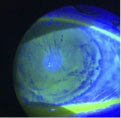
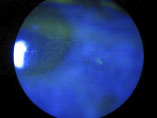
Dry eye
- Pterygium. It is a growth of fibrous tissue that may have blood vessels that run from the “white of the eye” (the sclera) to the cornea, which is the transparent portion. Over time it can grow and cause discomfort and astigmatism. Corneal and anterior segment surgeons operate from the mildest cases to those of large size or those that have recurred (reappeared after a previous intervention).
- Ocular surface tumors. From intraepithelial, to squamous or pigmented. They must be managed by specialists in the cornea, ocular surface and anterior segment.
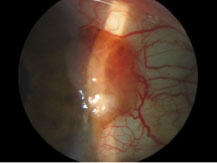
Ocular surface tumor
